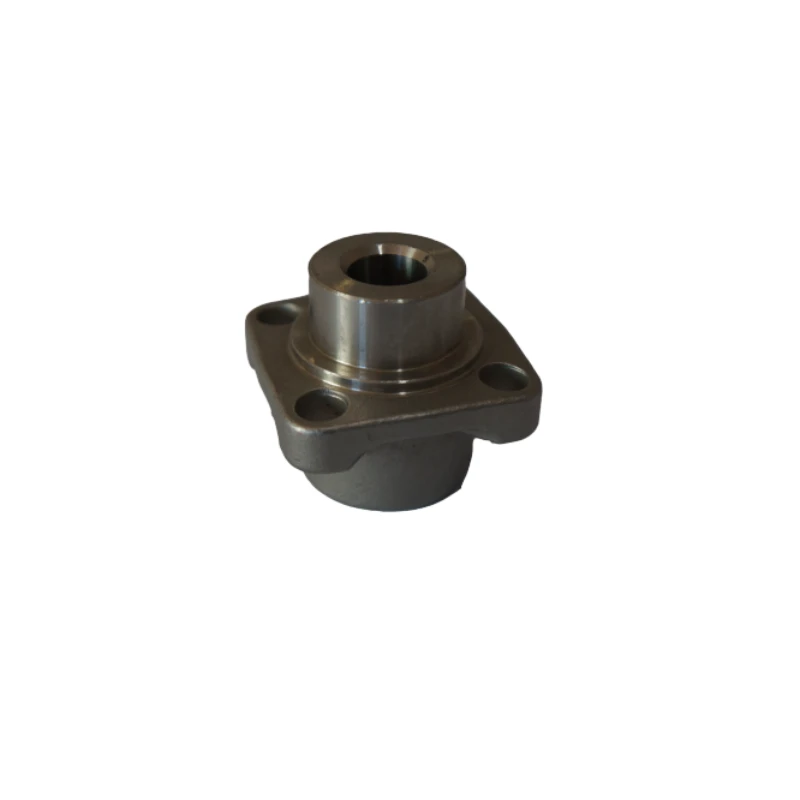casting sand types
Casting Sand Types A Comprehensive Overview
Casting is a fundamental process in manufacturing, where molten metal is poured into a mold to create a specific shape. One of the critical components of this process is the type of sand used for molding. The selection of casting sand can significantly influence the quality, surface finish, and precision of the final product. This article explores various types of casting sands commonly used in the foundry industry, along with their properties, advantages, and applications.
1. Silica Sand
Silica sand, primarily composed of silicon dioxide (SiO2), is the most widely used casting sand. Its availability, cost-effectiveness, and favorable properties make it a popular choice. Silica sand offers excellent thermal stability and can withstand high temperatures, making it suitable for a variety of metalcasting applications. The grain size and shape can be modified to control the permeability and strength of the mold. However, silica sand has limitations, including its tendency to produce a rough surface finish and its respiratory hazards when inhaled as dust.
2. Green Sand
Green sand is a mixture of silica sand, clay, and water. It is called green because it is used in a damp condition rather than being fully dried. One of the primary components, clay, acts as a bonding agent, providing the necessary strength and plasticity for molding. Green sand molds are known for their excellent collapsibility, allowing for easy removal of cast parts without damaging them. This type of sand is particularly beneficial for iron and steel casting but may not be ideal for more complicated designs, as the sand can lose its shape under certain conditions.
3. Resin Sand
casting sand types

Resin sand, also known as phenolic resin sand, is a mixture of silica sand and a phenolic resin binder. The use of resin improves the strength and thermal stability of the mold while allowing finer detail in complex shapes. Resin sand molds can be baked to harden the resin, which enhances their durability and reduces the need for additional additives. The primary advantage of resin sand is its ability to create molds with a superior surface finish and dimensional accuracy compared to traditional green sand.
4. Investment Casting Sand
Investment casting, also known as lost-wax casting, utilizes a different type of sand known as investment sand. This process involves creating a wax model coated with a ceramic shell. While investment casting does not rely heavily on sand for the mold, the process often uses fine sands mixed with binders to create a durable shell. The primary advantage of investment casting is its ability to produce intricate parts with exceptional surface finishes and dimensional precision.
5. Shell Sand
Shell sand is a mixture of fine sand and thermosetting resin, similar to investment casting sand but used primarily for shell molding processes. This method involves creating a thin shell around a pattern, allowing for high precision and excellent dimensional control. Shell sand is known for its improved surface finish and ability to capture complex geometrical features of the casting, making it ideal for applications requiring high levels of detail.
Conclusion
Choosing the right casting sand is crucial to the success of the casting process. The type of sand selected impacts not only the ease of molding and the quality of the cast but also the efficiency of the overall production process. Understanding the properties and applications of various casting sand types—from silica and green sands to resin, investment, and shell sands—enables manufacturers to optimize their processes and improve the performance of their finished products. As technology evolves and new materials emerge, the foundry industry will continue to innovate, ensuring that casting sands remain an integral component of manufacturing excellence.
-
Pros & Cons of Sand Casting: Products & ApplicationsNewsAug.19,2025
-
Advanced Crawler Drilling Rig for Confined Spaces-Baoding Hairun Machinery And Equipment Trading Co., Ltd.NewsAug.18,2025
-
Crawler Drilling Rig- Baoding Hairun Machinery And Equipment Trading Co., Ltd.|Pneumatic Power,Frame-Supported DesignNewsAug.18,2025
-
Precision OEM Valve Body Castings for Superior PerformanceNewsAug.18,2025
-
Crawler Mounted Drill Rig - Baoding Hairun Machinery | Underground Drilling SolutionsNewsAug.18,2025
-
Crawler Mounted Drill Rig - Baoding Hairun | Pneumatic Safety, Mining EfficiencyNewsAug.17,2025















